STRANGE FRUIT
Seven trees
Bearin' strange fruit
Blood on the leaves
And blood at the roots
Black bodies
Swinging in the southern breeze
Strange fruit hangin'
From the poplar trees
Pastoral scene
Of the gallant south
Them big bulging eyes
And the twisted mouth
Scent of magnolia
Clean and fresh
Then the sudden smell
Of burnin' flesh
Here is a fruit
For the crows to pluck
For the rain to gather
For the wind to suck
For the sun to rot
For the leaves to drop
Here is
Strange and bitter crop
While tremendously moved by this work, my effort at collecting data was directed toward highlighting a particular shortcoming of the piece, one which seems perfect to revisit under the current wave of protests and discussion: there was so much more violence than lynching. Connected to the same insight, I wrote some spoken word piece about 20 years ago that captured the sentiment:
Strange Fruit, Stranger Tree
Now, I never really heard the words to the Lewis Allen poem that was stolen/borrowed and popularized by Billy Holiday;
Later only to be heralded as the poster child for all that was evil
It was a small poster at first but then it made its way up north, then abroad and at that point it simultaneously served as a sore point, a rallying cry and a backdrop to picnics.
It was this latter image that occurred to me as I lay there under this tree. Now, don’t ask me what kind of tree it was; I’m from Manhattan. I don’t know from maple or cedar or cyprus (except from the hill).
What’s the difference anyway – here, all dem could be used to serve the same purpose; this occurred to me in something of a shock to the system.
But I digress,
for my point is actually
a
very
simple
observation:
up until this moment, this very second, now this milliesecond
all of the attention has been given to the fruit –
this “Strange and bitter crop”
the thing
For the crows to pluck
For the rain to gather
For the wind to suck
For the sun to rot
For the leaves to drop
But what about the thing that grew this thing?
What about the f@cking tree?
What about the branches that could bear such a fruit,
what about the trunk that holds the fruit in tact?
what about the roots that lay beneath this fruit?
most importantly –
how do we kill the seed
that created the tree
so that the fruit never returns?
That is what I want to understand
The second and third line of the poem actually leads us to ask this question
Blood on the leaves
And blood at the roots
But Lewis and Billy never really get us off the fruit,
ever the fruit, ever the fruit
His/Her voice moving through but essentially always above us,
into the tree,
to the branches
out to the fruit (yet again)
Now, I aint bad mouthin' Lewis or Billy - especially the latter
she had enough to deal with
With depression, and addiction, and napster wannabees
(well only the last one now, she fruit too)
In fact we owe him/her a debt of gratitude because Invariably, Lewis and Billy got us to look up
and then hundreds, nay thousands, perhaps millions
keep looking up.
But that was then.
We need to look down now,
and around
and over.
For, like the giving tree (that children’s book),
what was once used for fruit was deconstructed, reconstructed and placed back below us, and around us and above us.
How’s it go:
So wide you can’t get around it
So low you cant get under it
So high you can’t get over it
Not seeing fruit, we thought,
We think
that things were/are just fine.
Not seeing big bulging eyes
And the twisted mouths
on the branches of a tree
We assumed that things had improved.
But TVs and newspapers and magazines is made out of wood ain’t
they?
this is where the bulging eyes and twisted mouths moved to.
They move to:
soundtracks and nike adds and new ailey pieces
They move to:
the left, no sorry to the right (ever to the right)
They move
As we sit, puzzled by the familiarity but the difference
Not seeing, smelling, feeling and hearing burning flesh
We assumed that things had improved.
But they burn fruits now everyday in harris county, texas,
in Tennessee, in Jersey and even IDAHO
The chairs they make fruits sit in when they send them from the earth made out of wood to,
ain’t they?
Now, I’m not saying that we got wood all around us
I mean
when I was living in Colorado
I would always here about some hippies that were
Hugging some trees saying that we should preserve them
so that they can grow back
and grow back big and strong
and these efforts seemed kinda effective
cause I saw trees all over the place there
in Colorado, in DC, in Portland
well, I don’t know about you but I think that we should
seriously reconsider this argument
I don’t know about you but
I burn down these things
whenever I come across them
In the woods, in the libraries or in the minds
Damn, why do you think that fruits moved up north when they had the chance
In philly, new yark and other places you have to look long and hard for something other than concrete
Now, they still have trees and some bushes too:
They show up in taxi cabs, night sticks, hospitals, underemployment lines and white houses of authority
They show up in coffee houses, the front and sometimes the back of restaurants and on the subway (if you look closely)
Regardless,
the point is that we need to start
removing these sh@ts
These singled stemmed erect growths
Actually, I wont be completely happy (nor will Lewis or Billy’s ghost by the way) until the whole damn thing is made artificial –
You know as in made
by humans
For humans
To become humans
Strange fruit?
Nah, my friend, that’s old school
Stranger tree!
That’s what's up
Clearly, with the recent revelations, the stark nature of the strange fruit has returned and the images have been resoundingly rejected by a great many people. We don't want to see this in the country we reside in seems to be the message. This has no place here. But two things occur to me:
1) African Americans were subject to a wide variety of violent behavior for several hundred years and it is going to take some time to unearth all of it in order to understand what has transpired. The police violence directed against black folk is merely the tip of the iceberg and there should be an effort to evaluate the whole berg.
2) While the unearthing is taking place, it might be good for everyone to remember the Elisabeth Kubler-Ross model regarding emotional stages when faced with someone's death or the threat thereof (i.e., denial, anger, bargaining, depression and acceptance) as well as realize that this model is wrong. As the author of one review notes:
It is time to realize that grief takes countless forms, is experienced in limitless ways, and cannot possibly be explained by a simple five stage model. When we push this narrative as universal, we alienate those for whom it doesn’t apply and only cause them more pain in an already painful time.
There is no right way to grieve. There is no wrong way to grieve. And I hope that when you experience grief you can take some small comfort in knowing that how ever you’re feeling is just fine.
This might be useful information as we realize that we might not all be in the same space right now. For example, many individuals in the U.S. seek a resolution to police violence and they would like to get started on making this happen - now. Some might need to release their lived experience about life under the gun/under threat however and they might not yet be ready to sit down and talk with their oppressor. Some might need to scream. Some might need to break something. Some might need to sleep. Some might need to type. Some might not ever be ready and basically won't be coming on the journey of correction/reform/revolution. We will need to take care of these people for they were damaged by the Strange Tree that we could not control.
As we maintain a wide-eyed view of the abuses that were directed against African Americans (including but beyond simply the police and prison officials) we need to keep an equally wide-eyed view of the different responses that people have to this abuse as well as the opening for people to finally express these feelings. Have no doubt that we are grieving - all of us, a loss of innocence for some and an opening to bear witness for others. We cannot go back but some of us might be stuck there. We need to go forward but not all of us are going to make it.
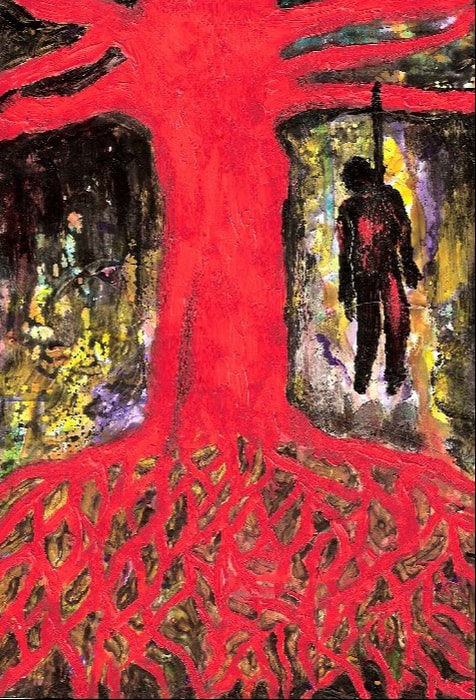
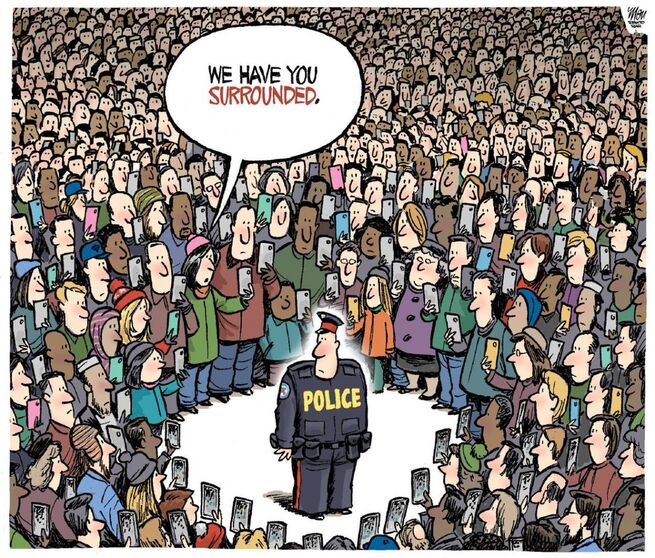
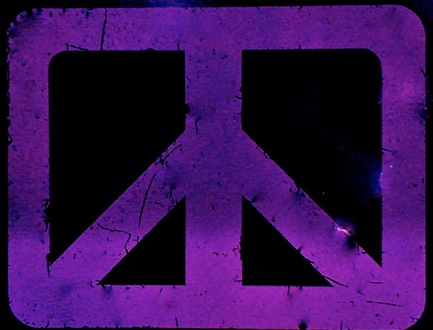
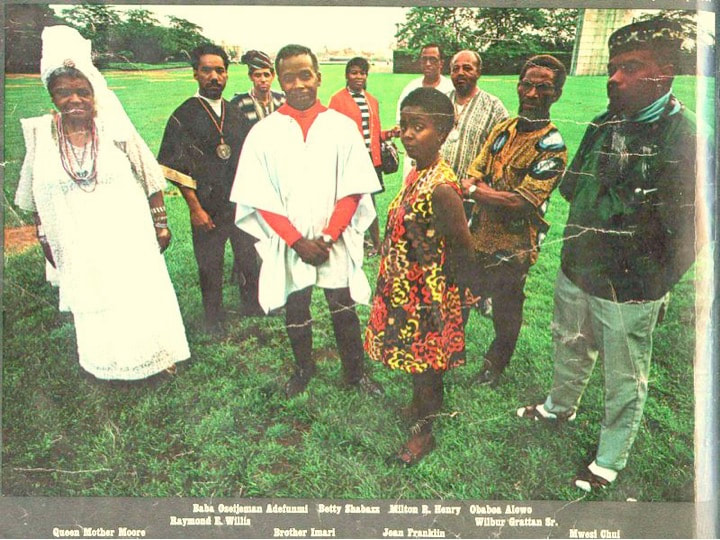
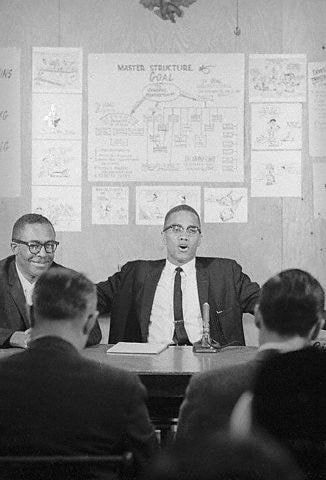
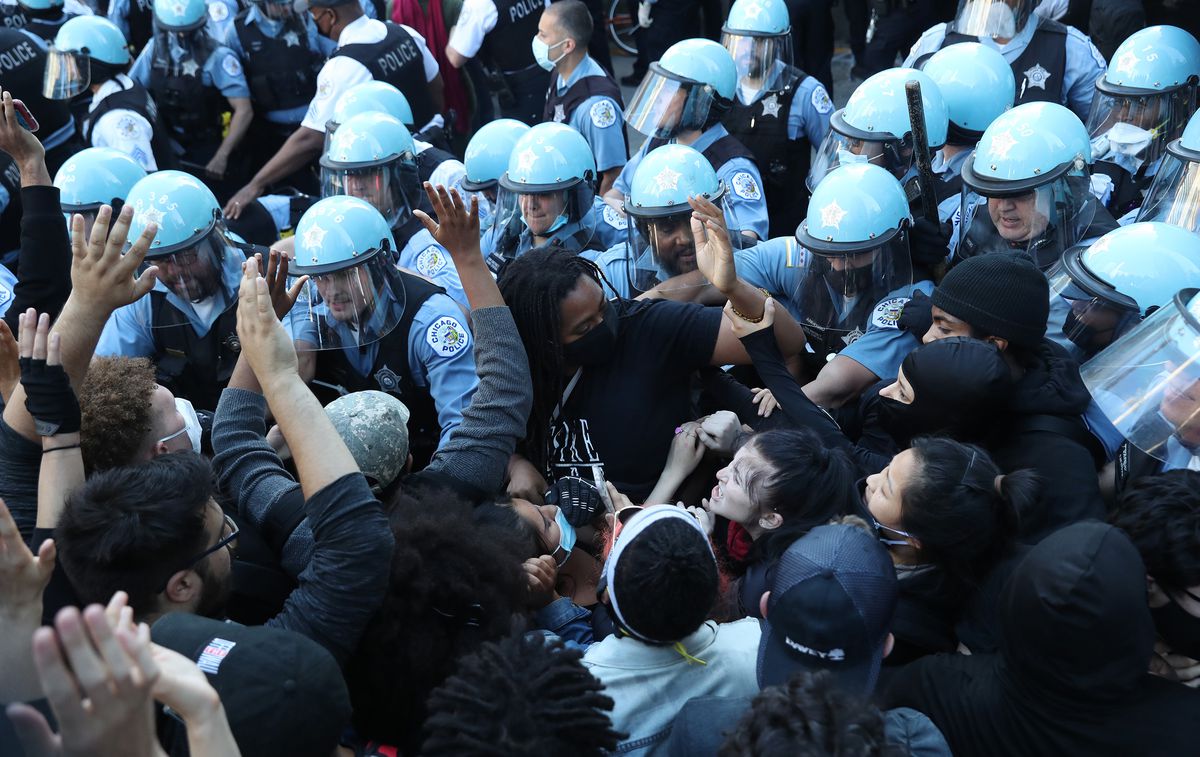
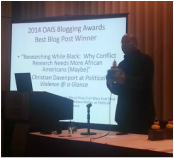
 RSS Feed
RSS Feed
